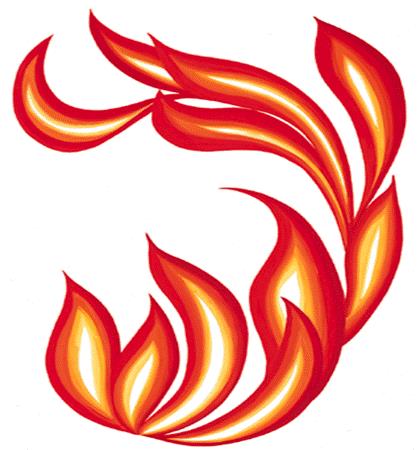 Coming fifty days after Easter Sunday, Pentecost is the third of the great feasts of the Church’s year alongside Christmas and Easter – in fact it ranks before Christmas and only second to Easter in importance. It recalls the day when the Holy Spirit came down on Our Lady and the Apostles in the form of tongues of fire. This changed them from the group of frightened individuals that they were after the Ascension of the Lord into courageous preachers of the good news about Jesus Christ. This is what the Catholic Church has been doing ever since and Pentecost can be regarded as the ‘birthday’ of the Church. The Gospel Acclamation of the Mass invites the Holy Spirit to fill the hearts of the faithful and to kindle within them the fire of His love.
Coming fifty days after Easter Sunday, Pentecost is the third of the great feasts of the Church’s year alongside Christmas and Easter – in fact it ranks before Christmas and only second to Easter in importance. It recalls the day when the Holy Spirit came down on Our Lady and the Apostles in the form of tongues of fire. This changed them from the group of frightened individuals that they were after the Ascension of the Lord into courageous preachers of the good news about Jesus Christ. This is what the Catholic Church has been doing ever since and Pentecost can be regarded as the ‘birthday’ of the Church. The Gospel Acclamation of the Mass invites the Holy Spirit to fill the hearts of the faithful and to kindle within them the fire of His love.
Because it is regarded as the crowning close to the Easter Season, the Mass celebrated on that Sunday has a special character. The liturgical colour is red recalling the tongues of fire that came down on Our Lady and the apostles as we join then watching in urgent prayer awaiting the coming of the Holy Spirit. The Gospel Acclamation is preceded by a said or a sung sequence - be aware of this if you are the thurifer. It is not part of the Gospel Acclamation but a separate prayer – do not emerge from the sacristy until it is over. Because Pentecost marks the end of the Easter Season the Mass, as it did at the Easter Vigil and throughout the Easter Octave ends with a double “Alleluia” at the dismissal to which the people respond: “Thanks be to God Alleluia, Alleluia”.
Afterwards the Paschal Candle, that has stood on the sanctuary throughout Easter and has been lit at all liturgical celebrations, is removed to stand close to the font where it is lit whenever the Sacrament of Baptism is celebrated. It is also lit whenever a Funeral Mass or Service is celebrated when it stands close to the coffin.